Flavour profiles of Darjeeling 🇮🇳🍵
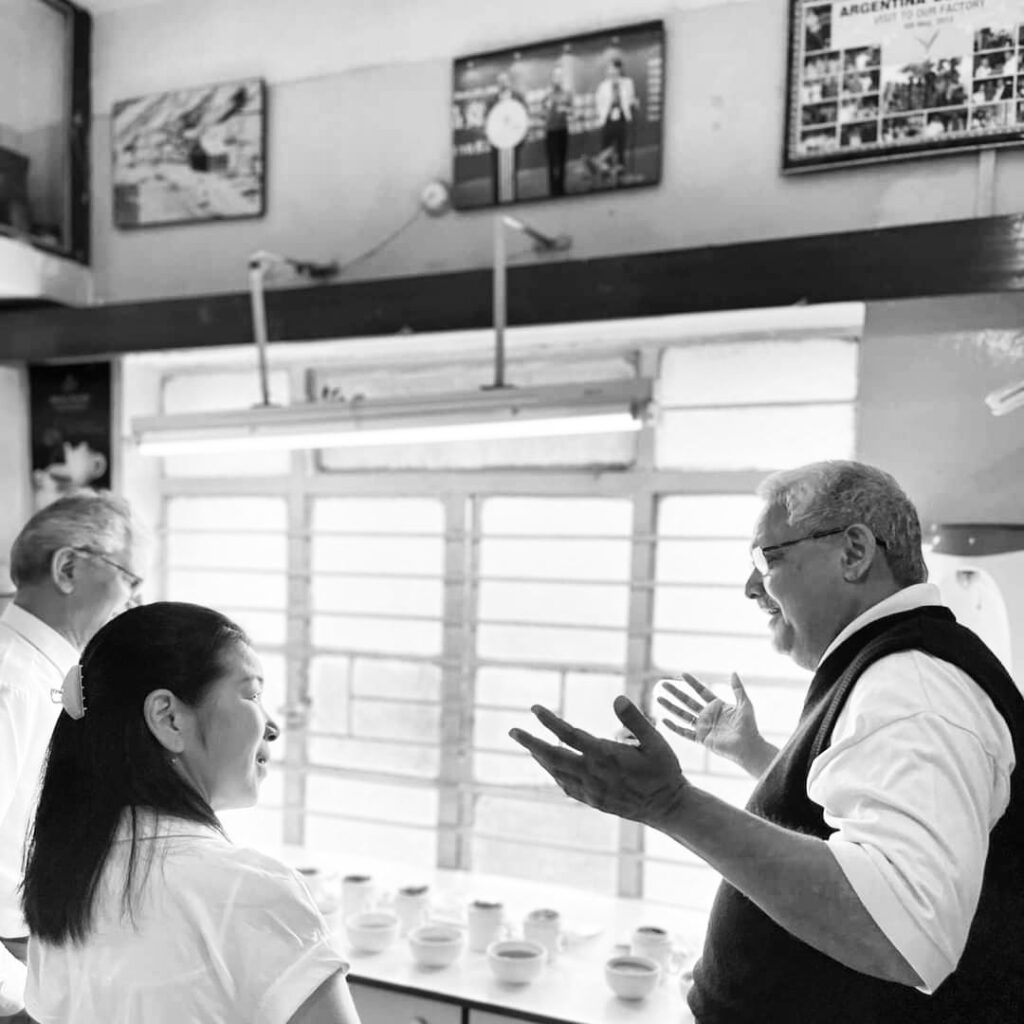
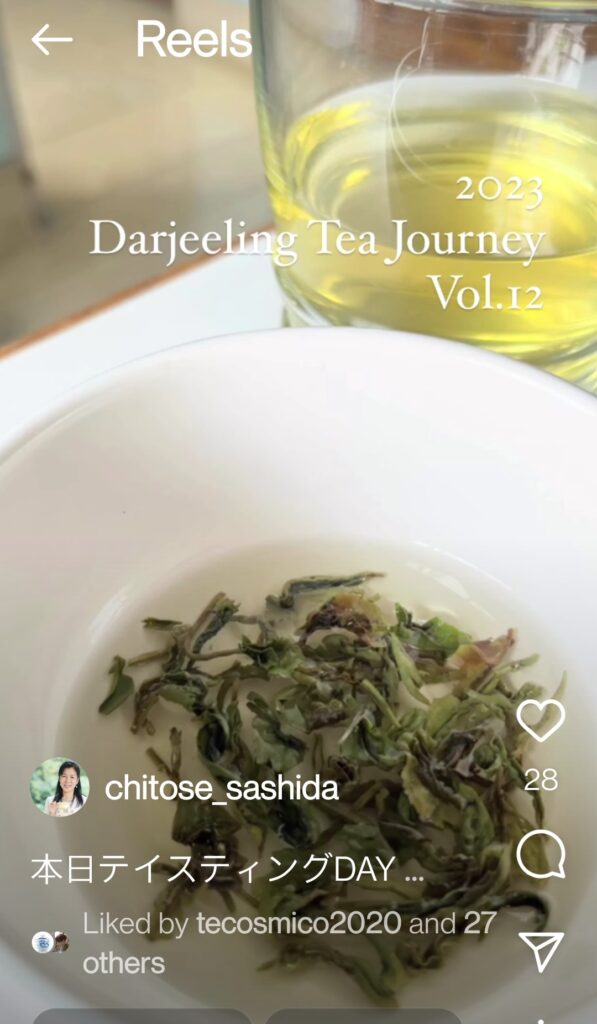
Giddapahar, Thurbo, Jungpana, Soureni, Puttabong are but a few gardens among 87 listed estates in Darjeeling commited to make quality teas – rest adhere to quantity to survive in the prevailing hostile conditions of excessive supply & demand disbalance.
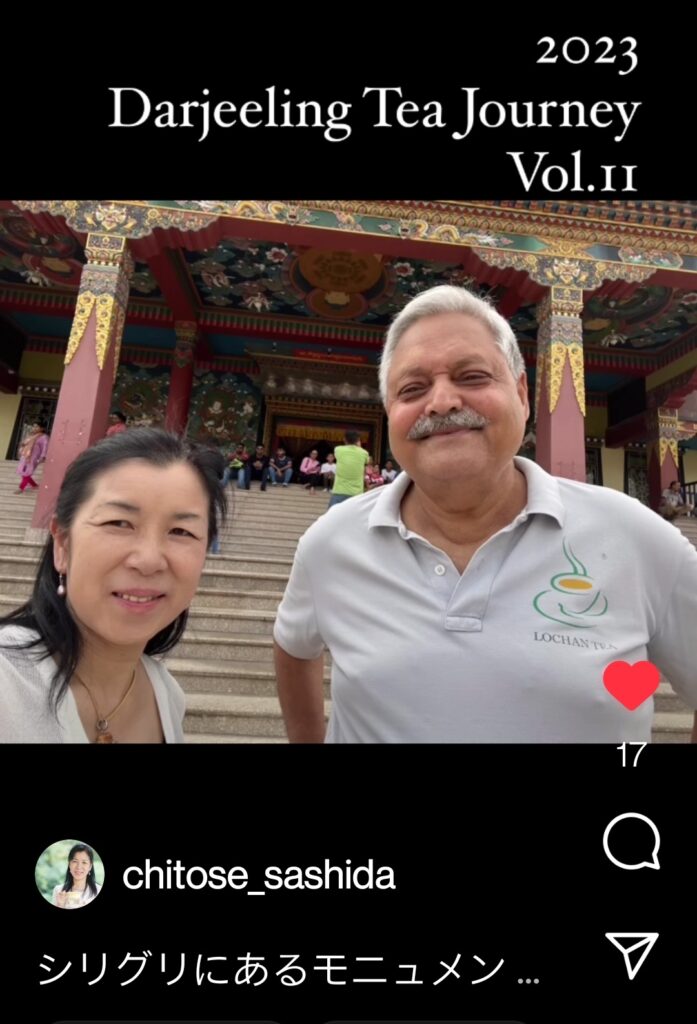
Chitose Sashida of Lochantea Japan 🇯🇵 started documenting pertinent information to guide traders and consumers to get the best
Agro climatic conditions determine quality and flavours which are largely natural and sometimes man made though not desired in tea. Darjeeling tea is known for its taste and flavours.
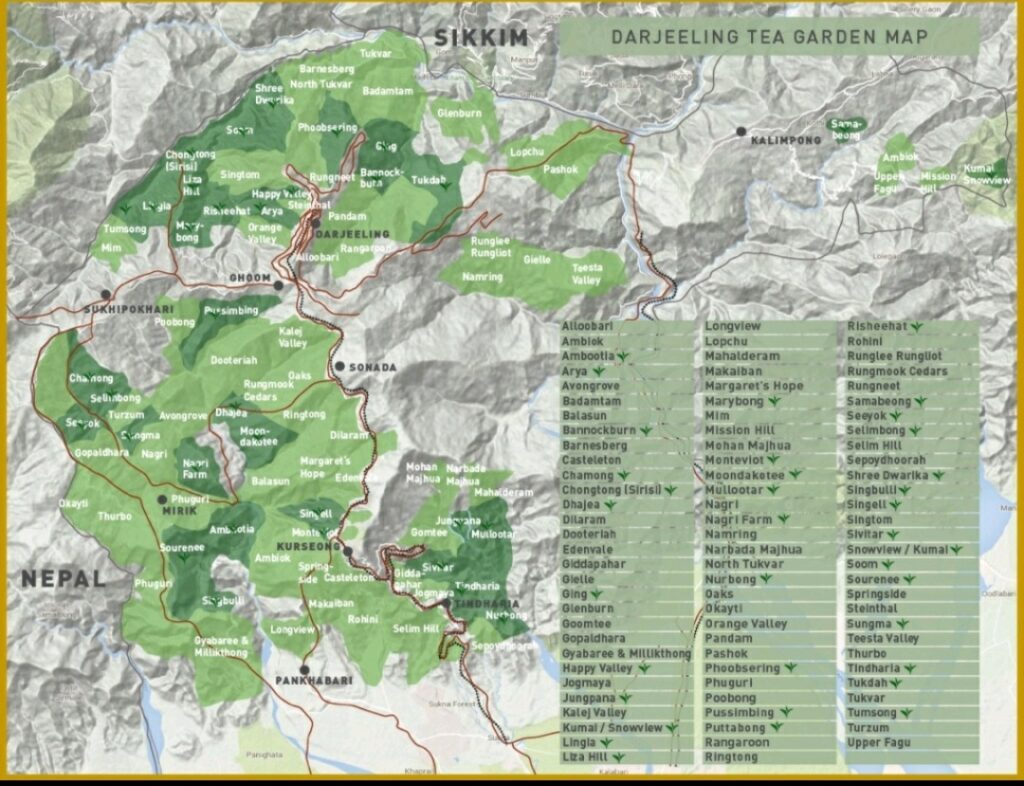
Ever since tea was planted in India and its profiles documented various writers noticed it’s flavours and Sir Percival Griffiths in his book Indian Tea wrote a exclusive and exhaustive chapter dedicated to flavours. Darjeeling stood out when planting was completed by 1900s and later augmented by Nepal by 2000s.
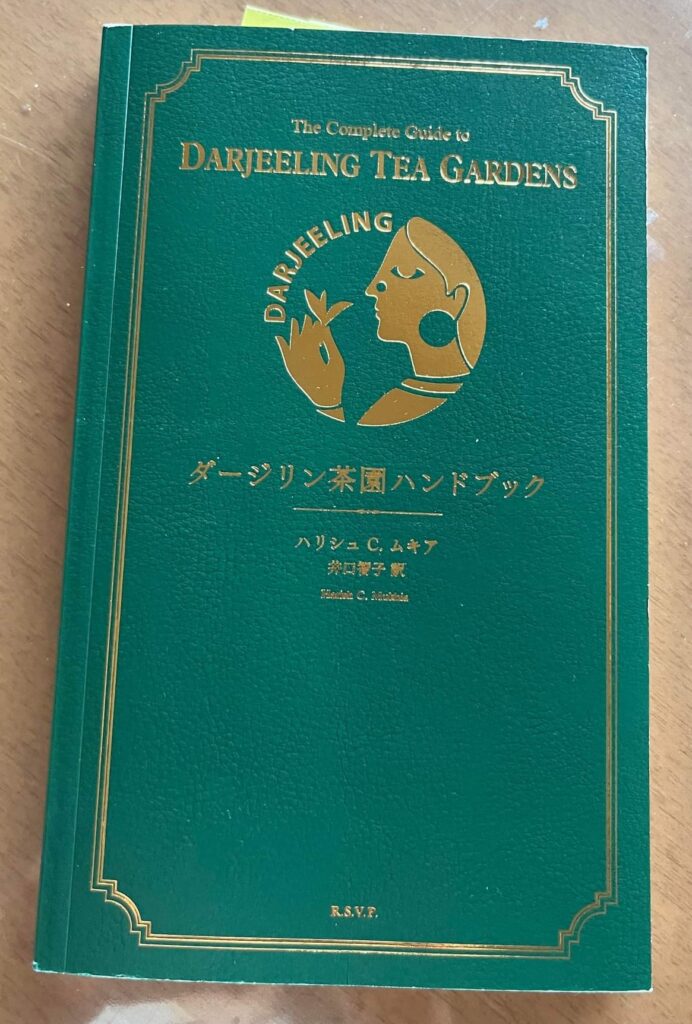
Harish Mukhia’s son Pranab started first proper documentation of modern day Darjeeling but lot needs to be added to it. Most of big companies or important individuals who specialised in Darjeeling never made their observations public for obvious reasons. Now we have our own Rinpoche 🇮🇳.
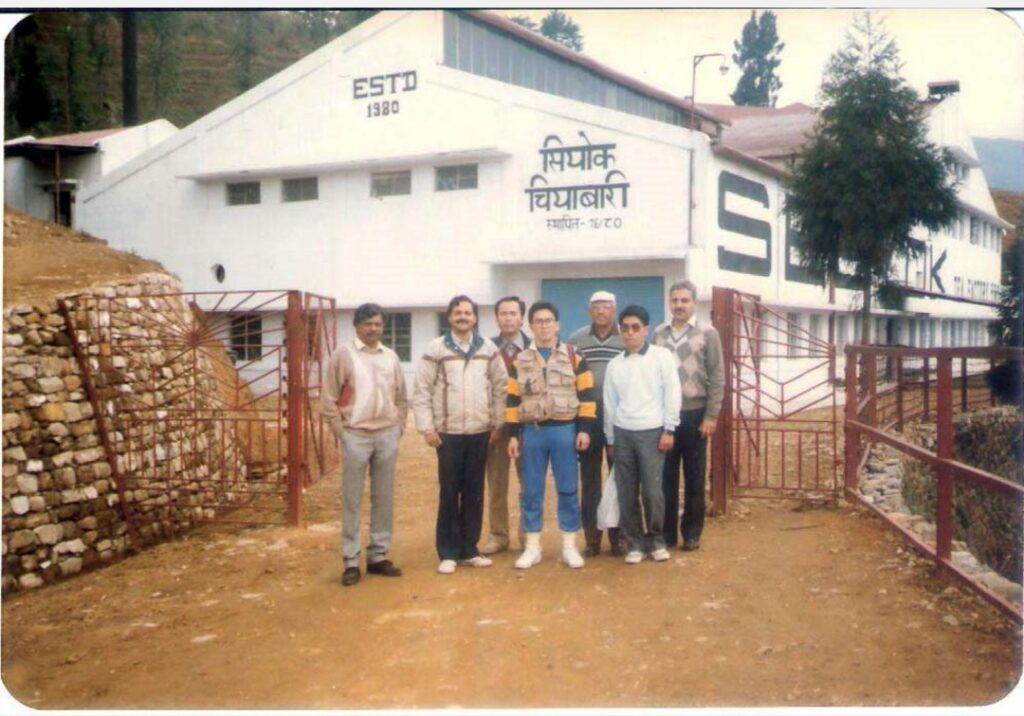
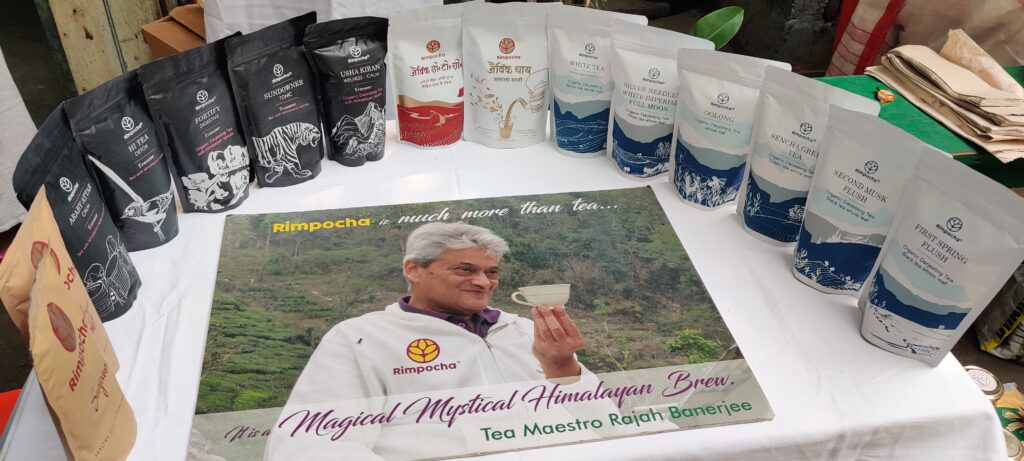
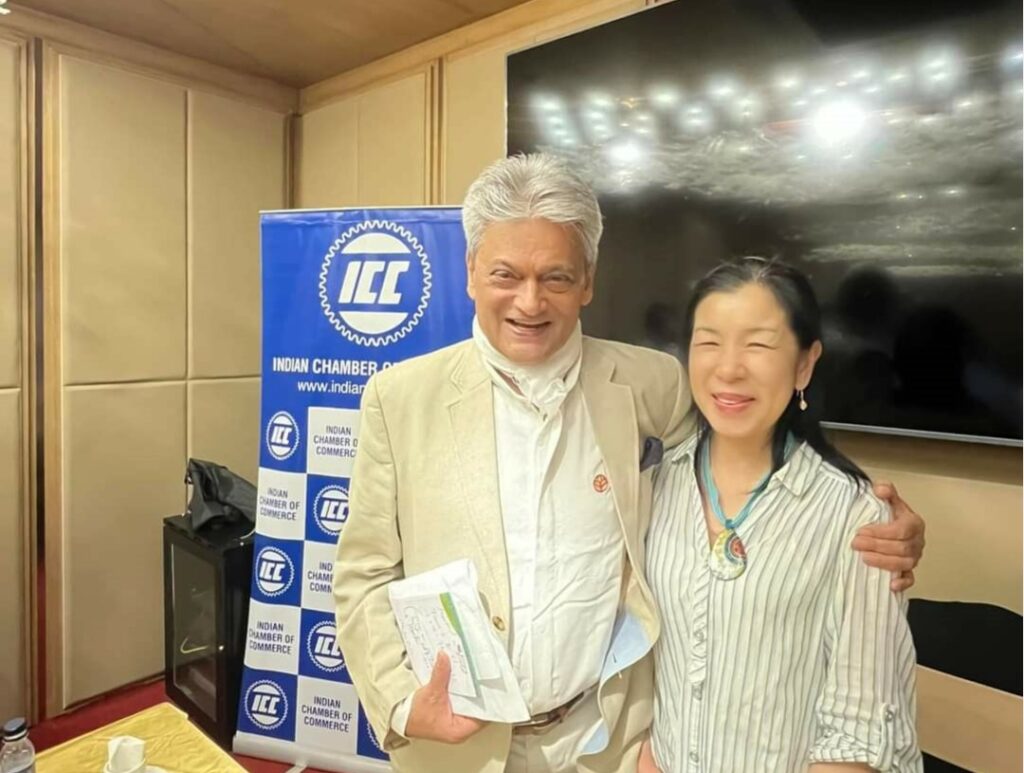
In the earliest possible records of Darjeeling tea making published in 1888 by Ladenla Press, written by an unknown British planter green manufacture with hard withered fine plucked leaf produced sharper flavour compared to soft withered rains bigger leaf resulting in darker cups with almost no nose. This publication is not seen now and was a pocket book edition with about 100 pages describing full garden working. Everything is still so pertinent till today.
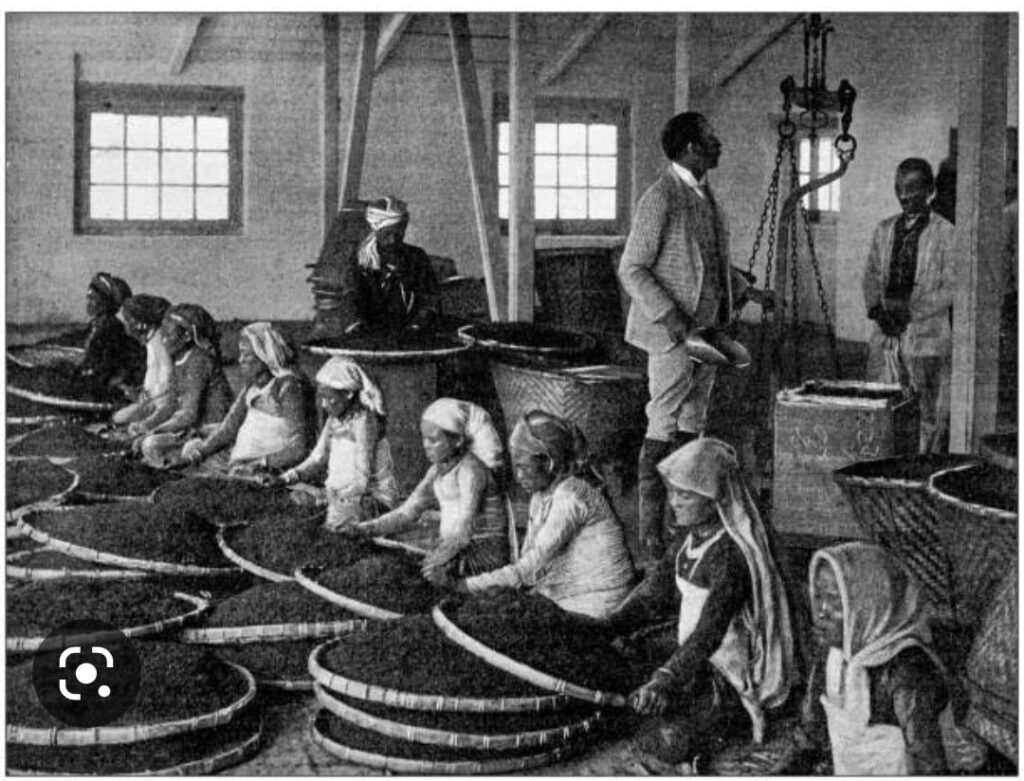
Total world production of tea is about 6 billion kilos and increasing steadily because small growers everywhere planting tea in absence of other jobs or businesses. Darjeeling and almost identical Nepal teas are maximum one million kilos of high standard and work out not even one percent of total quantum but command extensive debate on this aspect.
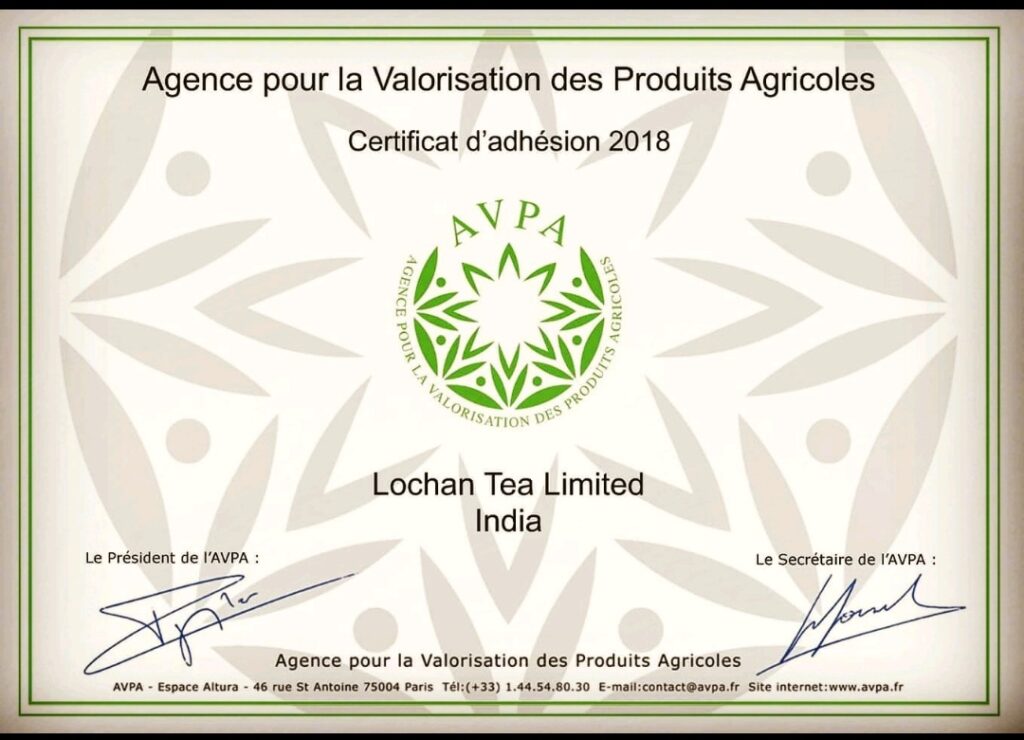
French are supposed to be the best experts with flavours and food and we are lucky to be associated with one of their premium such institutions AVPA in Paris. We have just started the study and will cover terroir – soil, water, aspect, altitude, winds and gradient before coming to some conclusions.
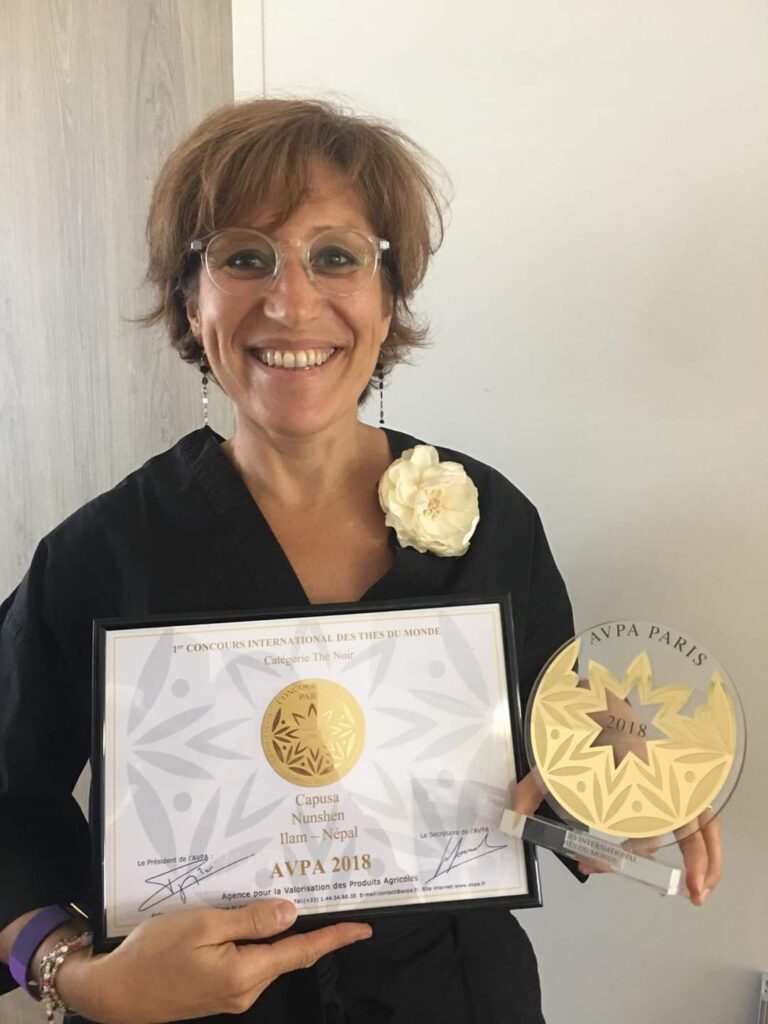
It is the nose which matters and we hone it at teacuppers.com – Darjeeling has been a commodity which changes charector with every different water because it is water that we drink just flavoured by tea and temperature and brewing time matter most – one tea can give many different brews.
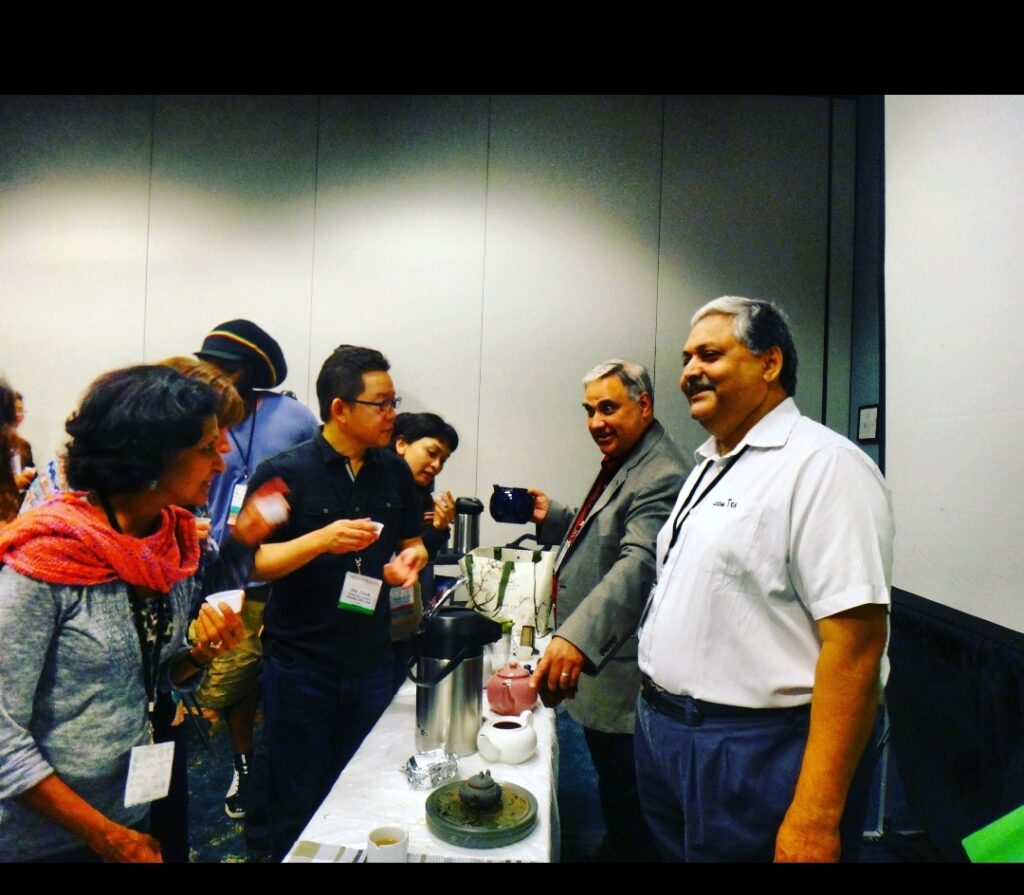
Carine Baudry and Dan Robertson are two different personalities who to me are the most travelled and exposed persons for Darjeeling. There are many many others but they are in their different scopes and different purposes. Japanese can smell thru plastics and aluminium foils – atleast I think so – and can use their full face for testing hot teas perspiring from everywhere to check flavours but they are very miser in saying no or anything negative to describe tea.

Xiao Juan of Beijing came alongwith us to spread the message of Darjeeling in China and doing quite well as she has devised tools to do it – books, demonstration aids as well as the necessary knowledge of the tea which was originally brought from China only but changed its character because of obvious reasons of being in an entirely different regions – a very good study.

Chemistry of flavours is very complex and ever changing with progressing technologies like isolation of molecules which are highly volatile. Standard British brewing to oriental brewing and recently developed cold brewing has changed perceptions and paradigm.
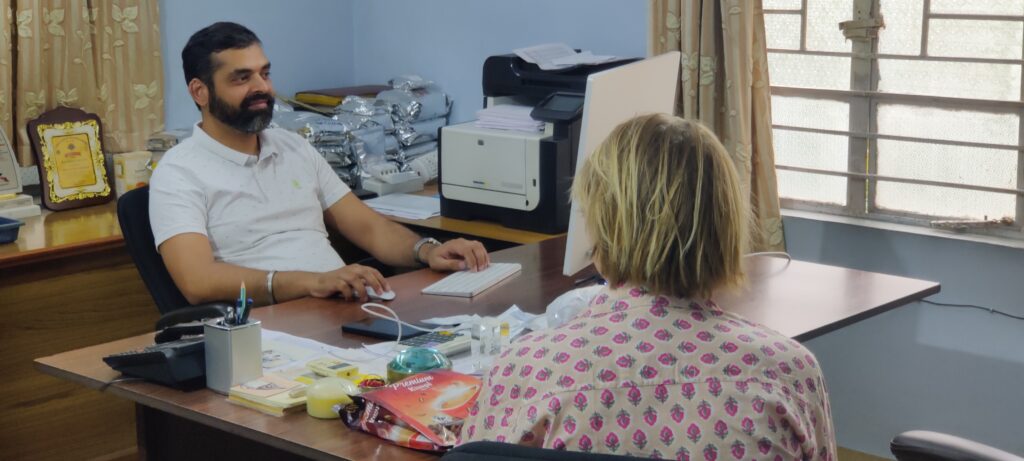
Different people different brains different pallets perceive flavours differently and at different times they smell differently in different environments – an extremely wide world of flavours & perfumes. Let’s enjoy it with drinking good teas from different parts of the world and then try to make a diagram in our minds of this delicate subject.
One Response
Thanks For Sharing.